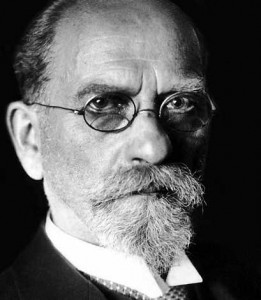 The Logical Investigations is Husserl’s “breakthrough work”, which established the concepts and themes which he would go on to analyze throughout the rest of his career. Those Investigations start with an examination of the function of signs in expression. The goal of this paper is to briefly explicate the fundamentals of that theory.
The Logical Investigations is Husserl’s “breakthrough work”, which established the concepts and themes which he would go on to analyze throughout the rest of his career. Those Investigations start with an examination of the function of signs in expression. The goal of this paper is to briefly explicate the fundamentals of that theory.
To expedite this process, we will examine three relationships between different acts that are executed during the experience of expression.
(1) Sign and Meaning: The sign is that which fuses with the meaning intention, thereby allowing for communication. The meaning or thought can be separate from the sign.
(2) Meaning and Reference: The meaning-act is that which allows for the reference, but the latter is not equivalent with the former.
(3) Meaning and Intimation: Husserl develops a distinction between meaning-acts, which are directly responsible for communication, and intimated acts, which are disclosed, but do not communicate.
Created by THOMAS BYRNE (PHD)
